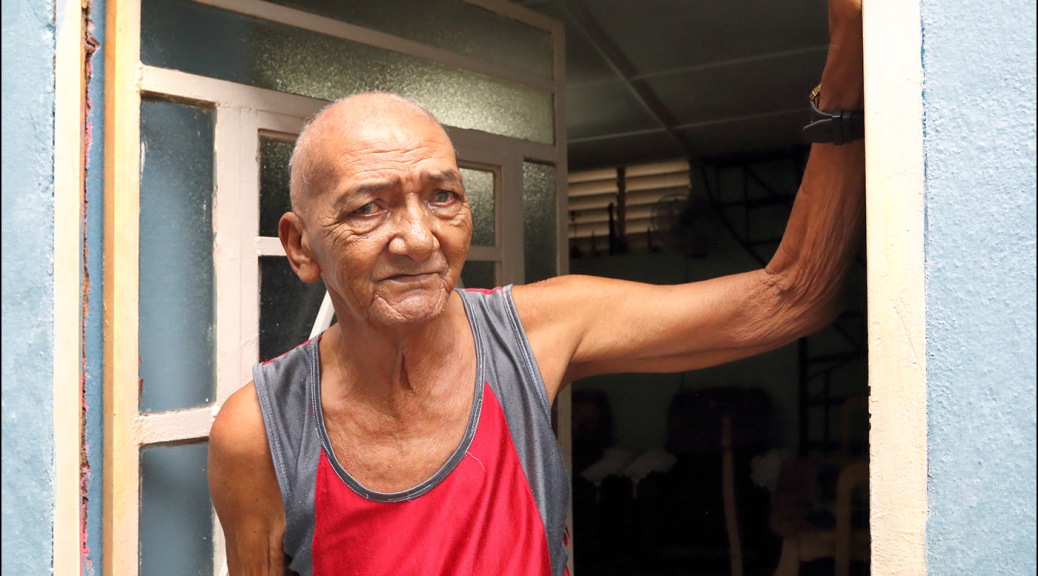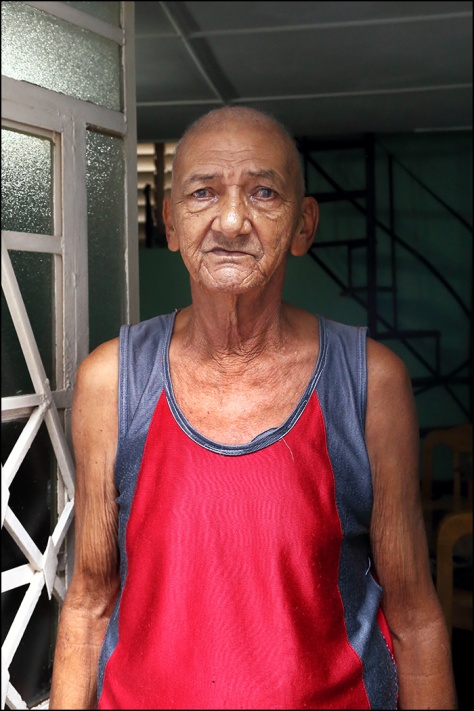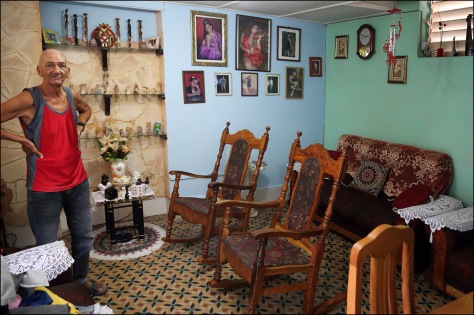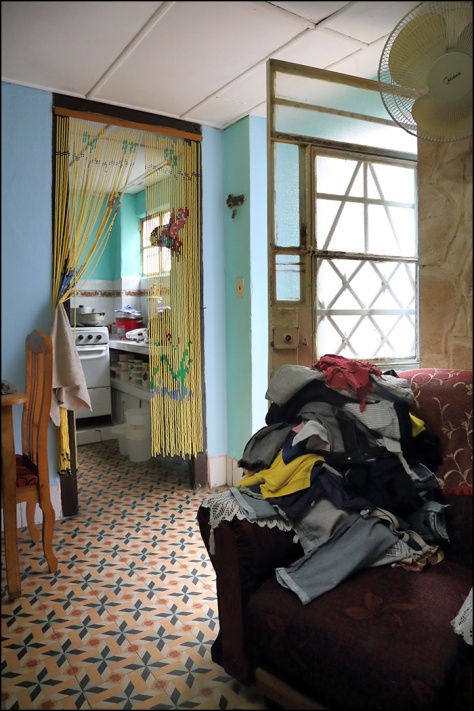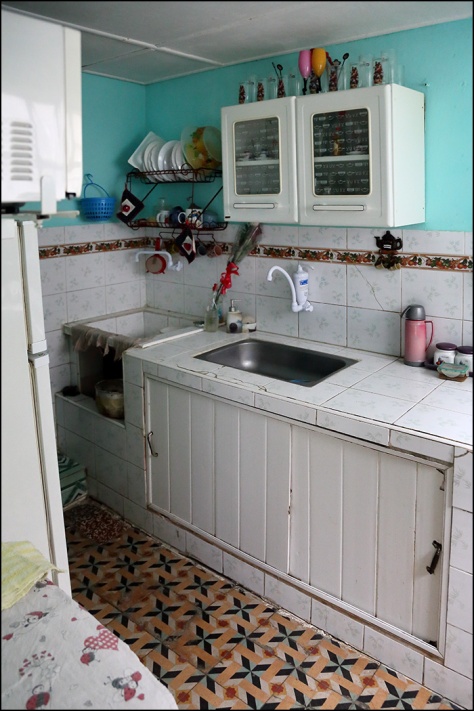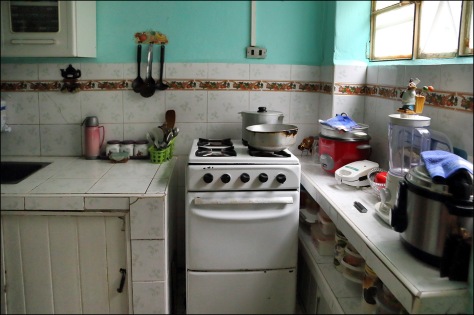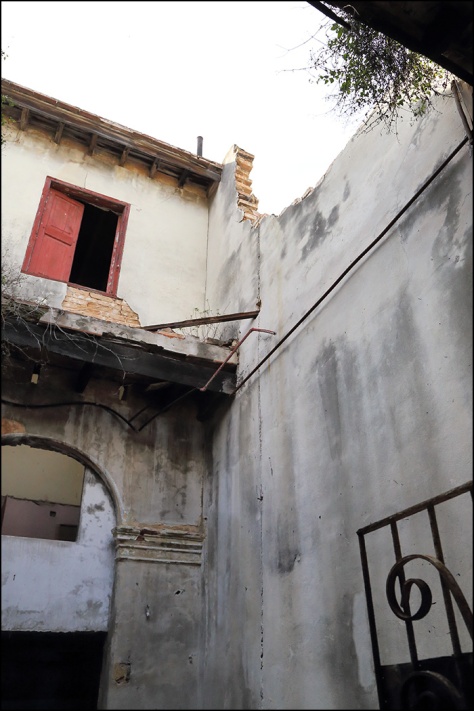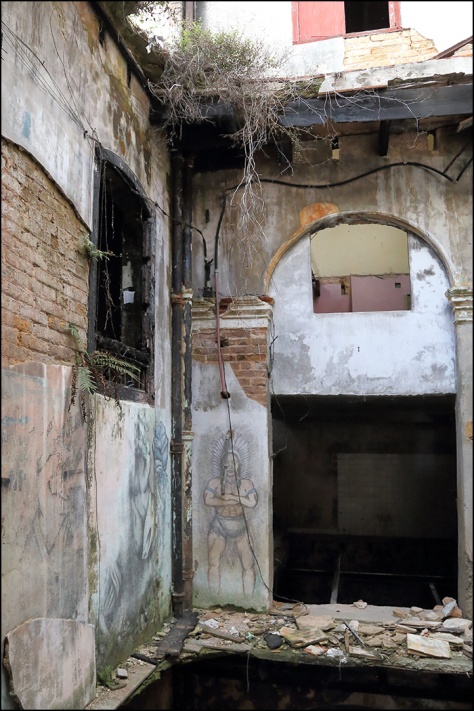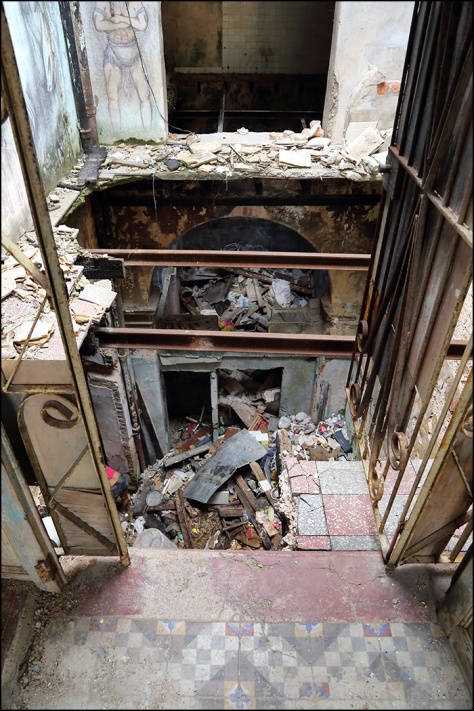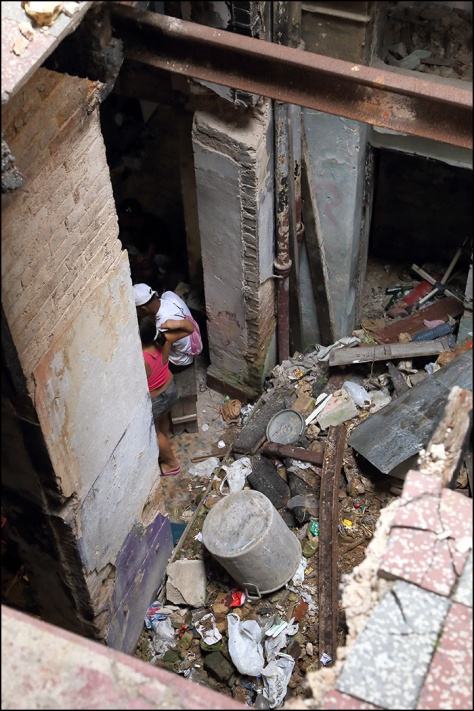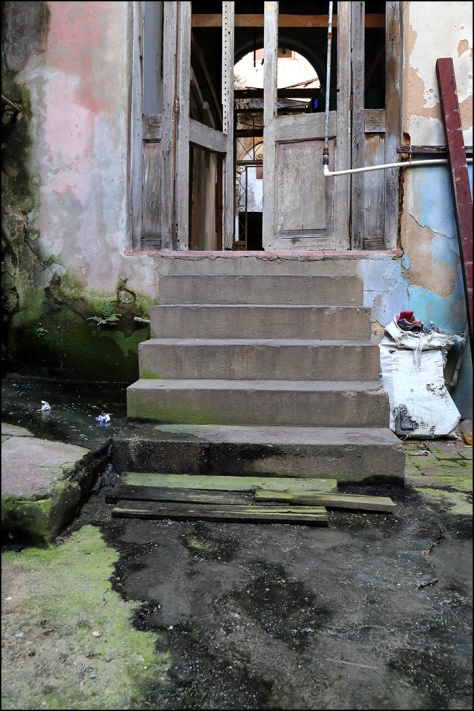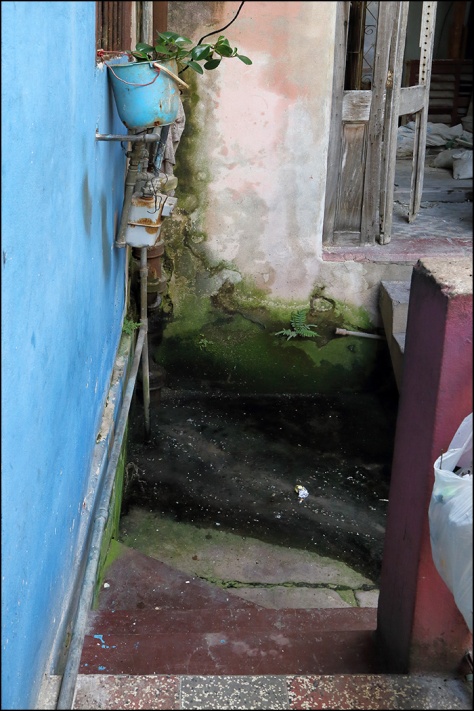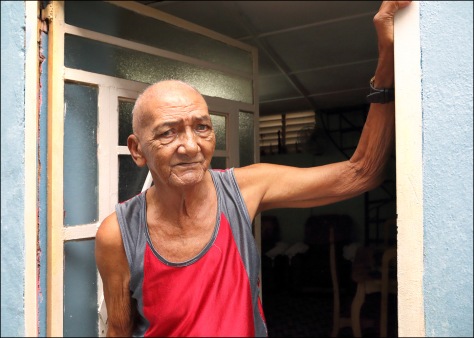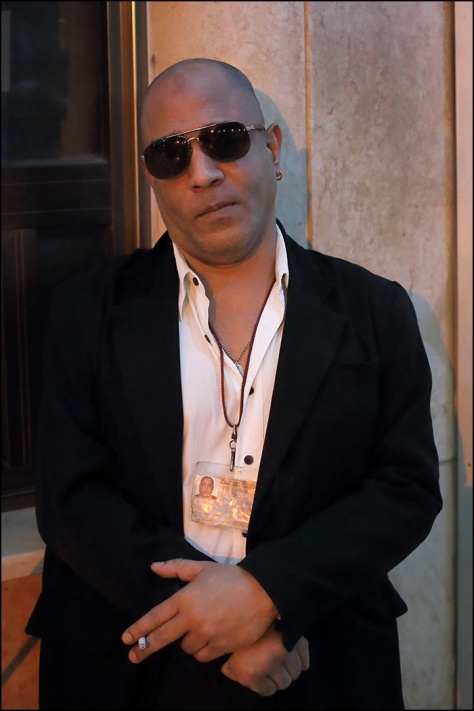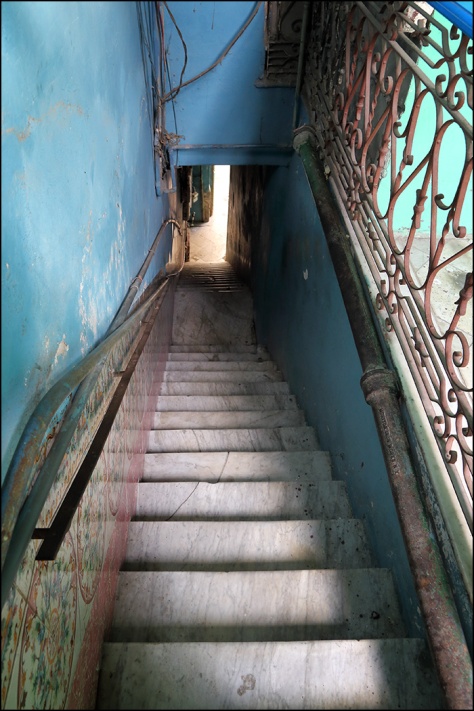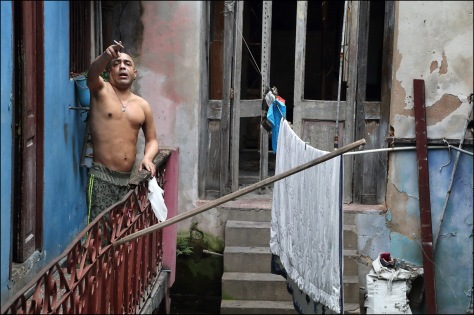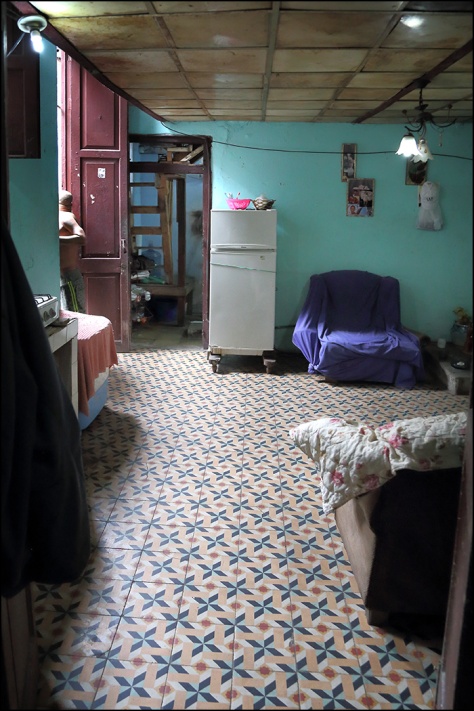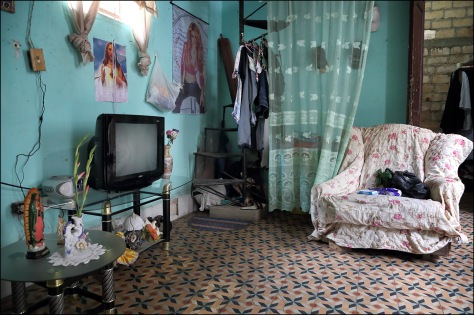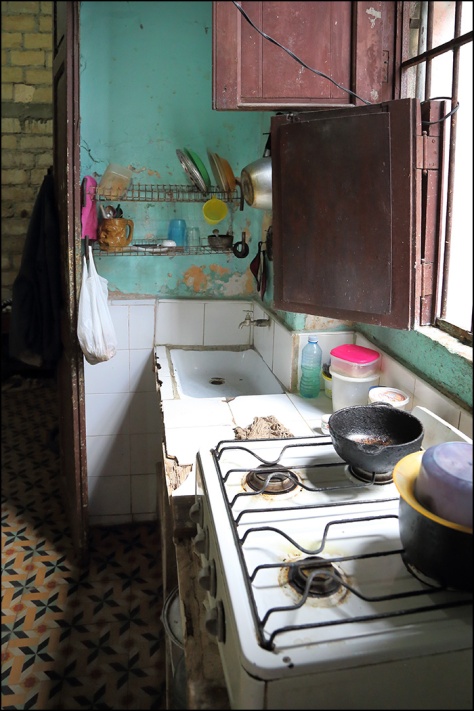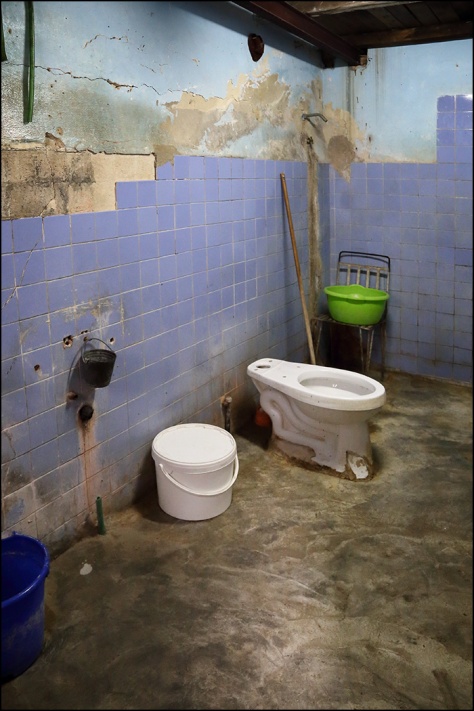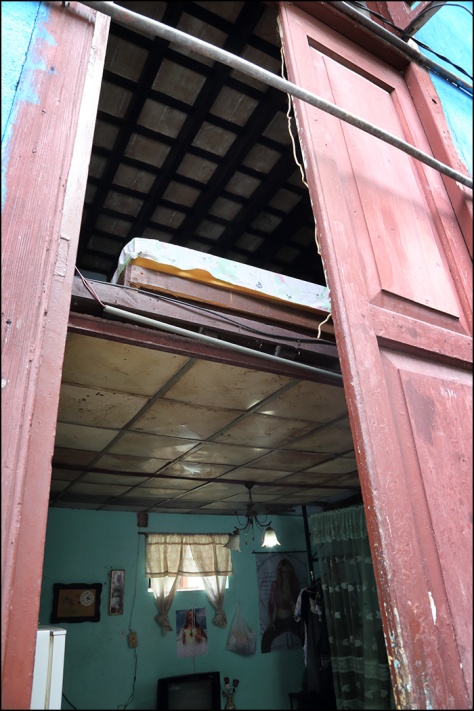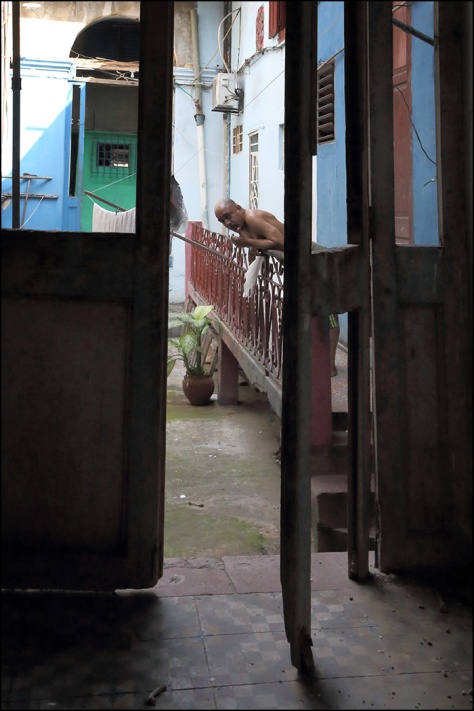What else can happen to the good people of Havana? …. a tornado!
On the evening of 2 February, 2019 a tornado formed and touched down in Diez de Octobre. It then raced across Luyano, Regla, and Guanabacoa; all poor barrios of Havana. Three persons lost their lives and almost 300 were injured.
My small group of travelers and I were there one week after the tragic event.
While the government had done a reasonably good job of restoring power and clearing the streets, little was being done to help the people who had significant losses. In fact, it was the churches, not the government who took care of the people. Soup kitchens were set up to prepare donated food, donated clothes were passed out, and shelter was provided those who had lost everything.

Clearing the streets.



These men were salvaging parts from this smashed car.


The biggest problem was wooden roofs that offered no structural support. Once the roofs blew away, walls then collapsed either inward or outward.



Of course many concrete roofs collapsed too.
The help offered by the government was to make construction materials available at 1/2 cost. Loans were also offered at reduced rates. Only those families who had money saved could afford to start rebuilding. The average family could not afford to purchase blocks and cement and sand.


Next: We are invited into the home of Rolando, where 12 people were living the night the tornado struck.
